The Impact of Airline Adaptability on Stansted Airport
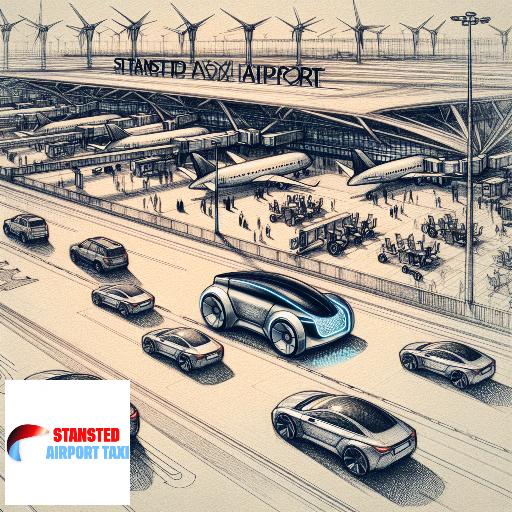
Airline Adaptability
The aviation industry is constantly evolving, and adaptability has become a crucial factor for airlines operating in today's dynamic environment. Stansted Airport, one of the UK's busiest airports, is a prime example of this. Airlines operating from Stansted have shown remarkable adaptability in response to various challenges, such as fluctuating fuel prices, changing customer preferences, and most recently, the COVID-19 pandemic. They have implemented innovative strategies, such as introducing new routes, adopting fuel-efficient aircraft, and enhancing digital platforms to improve customer experience. This adaptability has not only helped airlines to survive but also thrive amidst adversity. Furthermore, it has significantly contributed to the growth and development of Stansted Airport. The airport's management has also played a key role in supporting airlines' adaptability efforts by providing necessary infrastructure and services. Overall, the impact of airline adaptability on Stansted Airport is profound and continues to shape its future trajectory.
Stansted Airport Operations
Stansted Airport, one of the busiest airports in the UK, has been significantly impacted by the adaptability of airlines. The airport's operations have had to evolve to accommodate the changing needs and strategies of airlines, particularly low-cost carriers. The rise of budget airlines has led to an increase in passenger traffic, necessitating the expansion of terminal facilities and the enhancement of operational efficiency. Furthermore, airlines' shift towards digitalisation has also influenced Stansted's operations, with the airport implementing advanced technologies for check-in and baggage handling processes. The adaptability of airlines has also affected the airport's scheduling and capacity management, with more flights operating during peak hours. However, this has also posed challenges in terms of congestion and environmental sustainability. Overall, the adaptability of airlines has had a profound impact on Stansted Airport, driving changes in its operations and strategic planning.
Impact on Passenger Experience
The adaptability of airlines operating at Stansted Airport has a significant impact on the passenger experience. As airlines adjust to changes in the industry, such as fluctuating fuel prices, evolving security measures, and the increasing demand for sustainable practices, the passenger experience is inevitably affected. For instance, airlines that swiftly adapt to digital advancements can offer passengers more efficient check-in processes and real-time flight updates, enhancing their overall experience. Conversely, airlines that are slow to adapt may cause passenger frustration due to outdated procedures. Furthermore, airlines that proactively adjust to environmental concerns can attract eco-conscious passengers, contributing to a positive perception of their journey. However, if airlines fail to adapt to these changes, it could result in increased flight delays or cancellations, negatively impacting the passenger experience. Therefore, the adaptability of airlines at Stansted Airport plays a crucial role in shaping the passenger experience.
Impact on Air Traffic
The impact of airline adaptability on Stansted Airport has significantly affected air traffic. As airlines have adapted to changing market conditions, such as fluctuating fuel prices, evolving passenger demands, and the ongoing COVID-19 pandemic, they have altered their flight schedules and routes. This has led to changes in the volume and pattern of air traffic at Stansted Airport. For instance, airlines' shift towards more fuel-efficient aircraft has reduced the number of flights, while the increased focus on safety measures has slowed down operations, both impacting air traffic. Furthermore, airlines' efforts to diversify their routes to cater to emerging markets have introduced new flight paths, affecting air traffic management. Overall, airline adaptability has brought about dynamic changes in air traffic at Stansted Airport, necessitating agile and efficient air traffic control systems.
Economic Impact
The economic impact of airline adaptability on Stansted Airport is significant. As airlines adapt to changing market conditions, they can increase their efficiency and profitability, which in turn benefits the airport. For instance, airlines that adapt to use more fuel-efficient aircraft can reduce their operating costs, leading to increased profitability. This can result in higher landing fees for the airport, boosting its revenue. Additionally, airlines that adapt to offer more routes can attract more passengers, increasing the airport's passenger throughput and ancillary revenues. Furthermore, the increased activity at the airport can stimulate the local economy by creating jobs and attracting businesses. However, it's crucial for the airport to also adapt to the changing needs of airlines, such as by improving its infrastructure and services, to maintain its attractiveness. Therefore, airline adaptability can have a profound economic impact on Stansted Airport and the surrounding region.
Environmental Impact
The environmental impact of airline adaptability at Stansted Airport is a significant concern. As airlines adapt to changing market conditions, they often increase their flight frequencies, leading to higher carbon emissions. This not only contributes to global warming but also affects local air quality, posing health risks to nearby residents. Furthermore, the noise pollution from increased flights disrupts local communities and wildlife. The airport's expansion plans, aimed at accommodating more airlines and flights, also involve land clearance, which threatens local biodiversity. However, Stansted Airport is taking steps to mitigate these impacts. It is investing in cleaner, quieter aircraft technology and implementing efficient flight paths to reduce fuel consumption. The airport is also working on improving its waste management and water conservation practices. While these measures are commendable, it is crucial for Stansted Airport to continue prioritizing environmental sustainability as it adapts to the evolving airline industry.
Impact on Airline Industry
The airline industry has been significantly impacted by the adaptability measures implemented at Stansted Airport. The airport's strategic approach to adapt to the changing dynamics of the aviation sector has resulted in a ripple effect on airlines. The introduction of advanced technology and streamlined processes has enhanced operational efficiency, leading to reduced turnaround times for airlines. This has not only improved the profitability of airlines but also enhanced customer satisfaction. Furthermore, Stansted's commitment to sustainability has pushed airlines to adopt greener practices, thereby contributing to the global fight against climate change. The airport's adaptability has also helped airlines to better manage the challenges posed by the COVID-19 pandemic, with flexible scheduling and increased safety measures. Overall, Stansted Airport's adaptability has had a profound impact on the airline industry, setting new standards for efficiency, sustainability, and resilience.
Impact on Local Community
The adaptability of airlines operating at Stansted Airport has had a significant impact on the local community. The airport's ability to accommodate a diverse range of airlines, including low-cost carriers, has boosted local tourism and created numerous job opportunities. The influx of tourists has stimulated the local economy, leading to the growth of businesses in the hospitality and retail sectors. However, the increase in air traffic has also raised concerns about noise pollution and environmental degradation. Some residents have expressed dissatisfaction with the disruption caused by increased flight schedules. Despite these challenges, the adaptability of airlines at Stansted Airport has largely benefited the local community. The airport's management has been proactive in addressing the concerns of residents, demonstrating a commitment to balancing economic growth with environmental sustainability. The future of Stansted Airport and its impact on the local community will largely depend on how well it can continue to adapt to the changing needs of airlines and passengers.
Regulatory Impact
The regulatory impact on Stansted Airport due to the adaptability of airlines has been significant. The aviation industry has been forced to adapt to various changes, including environmental regulations, safety standards, and technological advancements. These changes have had a profound impact on the operations at Stansted Airport. For instance, environmental regulations have led to the adoption of more fuel-efficient aircraft and the implementation of noise reduction measures. This has resulted in reduced carbon emissions and noise pollution, enhancing the airport's sustainability. Safety regulations have also necessitated the adoption of advanced security measures, improving passenger safety. Technological advancements have led to the implementation of digital solutions, enhancing operational efficiency and customer experience. However, these adaptations have also posed challenges, including increased operational costs and the need for continuous staff training. Therefore, while the adaptability of airlines has had positive impacts on Stansted Airport, it has also presented significant challenges.
Future of Stansted Airport
The future of Stansted Airport is intrinsically linked to the adaptability of airlines in the face of changing global circumstances. As the aviation industry grapples with the impacts of the COVID-19 pandemic, environmental concerns, and technological advancements, airlines' ability to adapt will significantly influence Stansted's growth and development. Stansted's future success hinges on airlines' capacity to innovate and adjust their business models. This includes embracing sustainable aviation fuels and technologies to reduce carbon emissions, adapting to digital trends to enhance customer experience, and adjusting routes and schedules in response to fluctuating demand. Moreover, the airport's expansion plans, including a new arrivals terminal and increased passenger capacity, are contingent on airlines' recovery from the pandemic and their readiness to expand operations. Therefore, the adaptability of airlines will not only shape the future of Stansted Airport but also determine its role in the UK's aviation landscape.
Our Latest Blog Posts
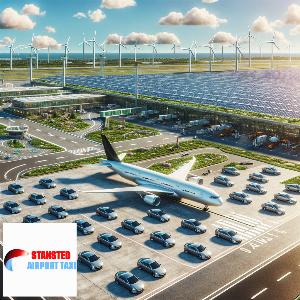
The Role of Stansted Airport in Sustainable Development
Stansted Airport plays a crucial role in sustainable development by implementing eco-friendly practices. It focuses on reducing carbon emissions, waste management, and promoting renewable energy, c ...
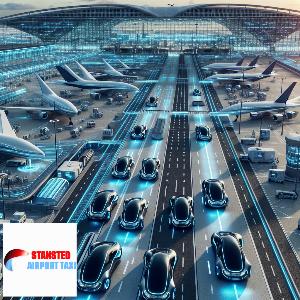
The Role of Stansted Airport in Diplomatic Relations
Stansted Airport plays a crucial role in diplomatic relations, serving as a gateway for international diplomats. Its strategic location and world-class facilities facilitate diplomatic travel, fost ...

The Role of Stansted Airport in Pollution Control
Stansted Airport plays a crucial role in pollution control, implementing measures like efficient energy use, waste management, and noise reduction. Its commitment to environmental sustainability se ...
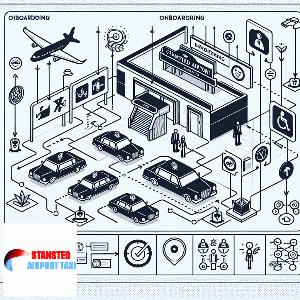
Stansted Airport: A Guide to the Onboarding Process
Stansted Airport offers a seamless onboarding process for travelers. With clear signage, efficient security checks, and numerous amenities, it ensures a stress-free start to your journey. A guide t ...
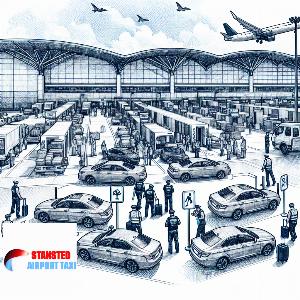
Stansted Airport: A Guide to the Inspection Process
Stansted Airport's inspection process is thorough and efficient, ensuring passenger safety. It includes luggage scanning, personal checks, and document verification. Understanding this process can ...
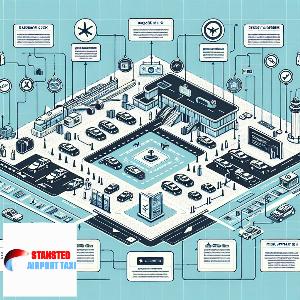
Stansted Airport: A Guide to the Certification Process
Stansted Airport's certification process ensures safety and efficiency. It involves rigorous inspections, staff training, and adherence to international aviation standards. This guide provides a co ...

Understanding the Efficiency of Stansted Airport Transfers
Stansted Airport transfers offer a seamless travel experience with their punctuality and convenience, ensuring passengers reach their destinations efficiently and comfortably, making them a top cho ...
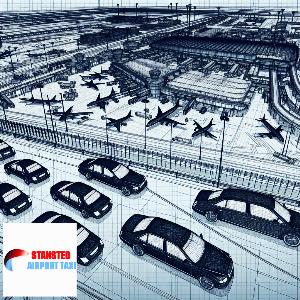
The Role of Stansted Airport in International Relations
Stansted Airport plays a crucial role in international relations by facilitating global connectivity. It serves as a hub for numerous international flights, fostering economic ties, tourism, and cu ...

Stansted Airport: A Guide to the Refund Process
Navigating the refund process at Stansted Airport can be a breeze with the right guidance. Whether it's for parking, flight cancellations, or duty-free purchases, understanding the airport's refund ...

The Role of Stansted Airport in Community Development
Stansted Airport plays a pivotal role in community development, fostering economic growth through job creation and tourism. It also supports local businesses and infrastructure, contributing signif ...
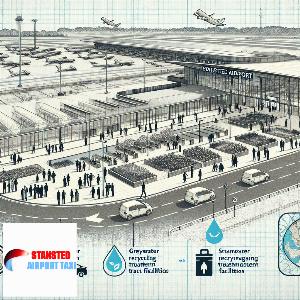
The Role of Stansted Airport in Water Conservation
Stansted Airport plays a significant role in water conservation, implementing advanced water management systems. It recycles rainwater for non-potable uses, reducing water waste and contributing to ...

Stansted AirportA Brief History
Stansted Airport, located in Essex, England, has a rich history. Established in 1942 as a bomber base during World War II, it transformed into a commercial airport in 1966. Today, it serves over 28 ...
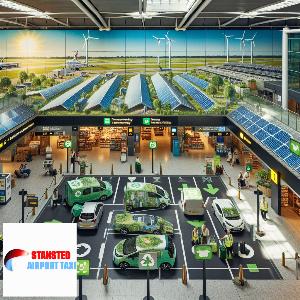
The Role of Stansted Airport in Eco-Friendly Practices
Stansted Airport plays a pivotal role in eco-friendly practices, implementing measures like waste recycling, energy efficiency, and carbon offsetting. These initiatives contribute significantly to ...

The Impact of Airline Liberalization on Stansted Airport
Airline liberalization has significantly impacted Stansted Airport, fostering increased competition, lower fares, and enhanced connectivity. It has attracted numerous low-cost carriers, boosting pa ...

The Impact of Airline Revolution on Stansted Airport
The Airline Revolution has significantly impacted Stansted Airport, leading to increased passenger traffic and expanded services. This transformation has boosted the local economy, created jobs, an ...
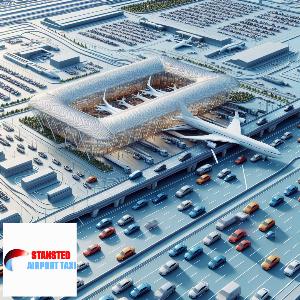
The Architecture of Stansted AirportA Modern Marvel
Stansted Airport's architecture is a modern marvel, showcasing a futuristic design. Its floating roof, glass walls, and innovative use of space reflect a blend of functionality and aesthetics, makin ...
Blogs Pages
Stansted Airport: A Guide to the Resignation Process
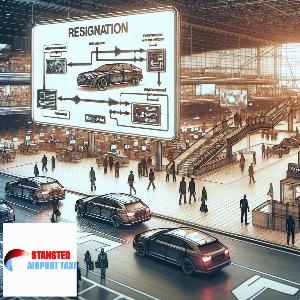
Blog about Stansted Airport: A Guide to the Resignation Process...
The Impact of Airline Accidents on Stansted Airport

Blog about The Impact of Airline Accidents on Stansted Airport...
The Role of Stansted Airport in Crisis Management
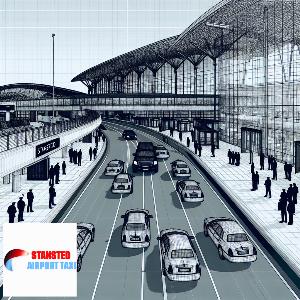
Blog about The Role of Stansted Airport in Crisis Management...
The Role of Stansted Airport in Pollution Control

Blog about The Role of Stansted Airport in Pollution Control...
The Impact of Airline Strikes on Stansted Airport
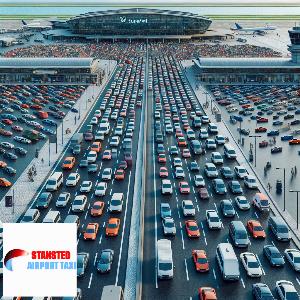
Blog about The Impact of Airline Strikes on Stansted Airport...
The Role of Stansted Airport in Diplomatic Relations

Blog about The Role of Stansted Airport in Diplomatic Relations...
Stansted Airport: A Guide to the Inspection Process

Blog about Stansted Airport: A Guide to the Inspection Process...
The Role of Stansted Airport in Eco-Tourism
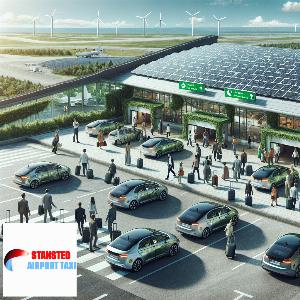
Blog about The Role of Stansted Airport in Eco-Tourism...
Stansted Airport: A Guide to the Appraisal Process

Blog about Stansted Airport: A Guide to the Appraisal Process...
Stansted Airport: A Guide to the Audit Process

Blog about Stansted Airport: A Guide to the Audit Process...



